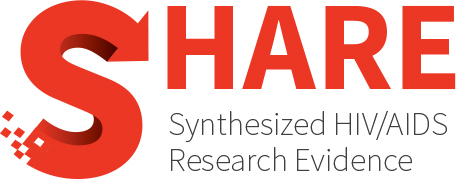Cost-effectiveness of front-line services (Updated 2010)
Abstract
Key take-home messages
- There is no one-size-fits-all cost-effective HIV strategy. An intervention that is found to be effective at preventing HIV infection has a good chance of being cost-effective due to the averted high costs associated with treating HIV over an individual’s lifetime.
- Structural prevention interventions are most cost-effective in populations where HIV prevalence is low. Far-reaching prevention interventions for low-prevalence groups would need to be relatively inexpensive in order to be cost-effective.
- Targeted prevention interventions that focus on behavior change are most cost-effective among populations where HIV prevalence is high.
- More expensive targeted campaigns for groups such as MSM and IDU can be an effective allocation of resources since they target populations with high HIV prevalence.
- HIV counseling and testing is generally cost-effective among infected or high-risk populations.
- Cost-effectiveness is not the only factor to consider when developing policy and allocating resources. Although a program may be cost-effective, the up-front costs associated with employing the program may be higher than is realistically possible to fund.
- Most cost-effectiveness studies are US-based and may not be translatable to policy decisions and resource allocation in the Canadian context due to different HIV prevalence rates, different front -line service costs, and different costs associated with treating a person living with HIV over a lifetime.
Authors
The Ontario HIV Treatment Network: Rapid Response Service
Year
2010
Topics
- Population(s)
- Other
- Engagement and Care Cascade
- Treatment
- Prevention
- Sexual risk behaviour
- Drug use behaviours/harm reduction
- Biomedical interventions
- Education/media campaigns
- Testing
- Testing
- Health Systems
- Financial arrangements
